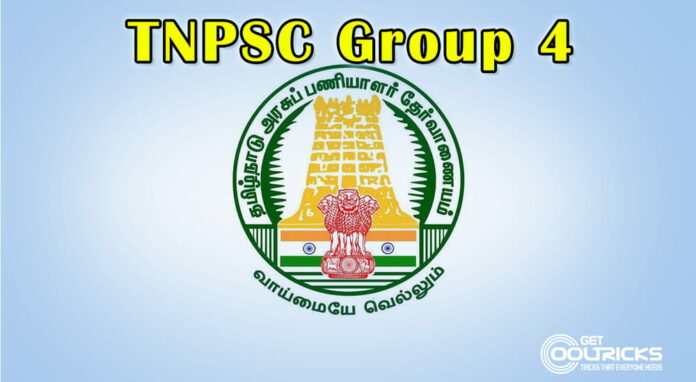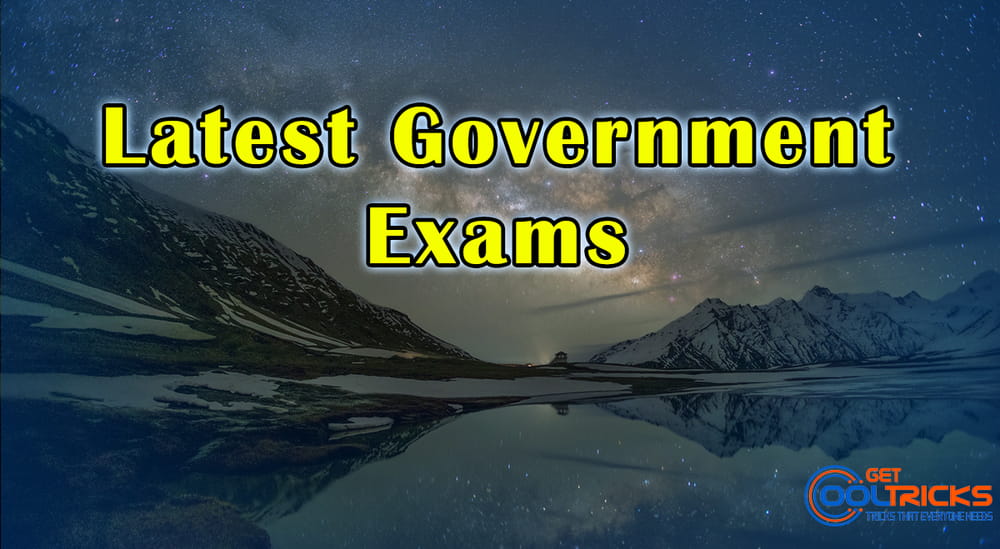TNPSC Group 4 Important Questions on Prime Ministers of India 2024
1. Who was the first Prime Minister of India?
Answer: Jawaharlal Nehru.
2. How many terms did Indira Gandhi serve as Prime Minister?
Answer: Indira Gandhi served as Prime Minister for four terms.
3. Who was the first woman to become Prime Minister of India?
Answer: Indira Gandhi.
4. Which Prime Minister is known for the economic reforms of 1991?
Answer: P. V. Narasimha Rao.
5. Who served as the Prime Minister of India in the 1980s and was assassinated in 1991?
Answer: Rajiv Gandhi.
6. Who was India’s first Prime Minister to be awarded the Bharat Ratna?
Answer: Jawaharlal Nehru.
7. Which Prime Minister was a prominent leader during India’s struggle for independence and served from 1947 to 1964?
Answer: Jawaharlal Nehru.
8. Who was the Prime Minister during the historic Pokhran-II nuclear tests in 1998?
Answer: Atal Bihari Vajpayee.
9. Who was the Prime Minister of India during the 1971 Indo-Pak war that led to the creation of Bangladesh?
Answer: Indira Gandhi.
10. Which Prime Minister is often referred to as the “Man of Peace” for his contributions to diplomacy and disarmament?
Answer: Atal Bihari Vajpayee.
11. Who was the Prime Minister when India conducted its first nuclear test, codenamed “Smiling Buddha,” in 1974?
Answer: Indira Gandhi.
12. Who is the current Prime Minister of India?
Answer: Narendra Modi.
13. Which Prime Minister was known for the “Green Revolution” in India’s agriculture?
Answer: Lal Bahadur Shastri.
14. Who served as Prime Minister for the shortest period in India’s history?
Answer: Gulzarilal Nanda, who served as acting Prime Minister for a short duration.
15. Who was the Prime Minister during the liberalisation and globalisation of the Indian economy in the early 1990s?
Answer: P. V. Narasimha Rao.
16. Which Prime Minister was known for his leadership during the 1965 and 1971 wars with Pakistan?
Answer: Lal Bahadur Shastri and Indira Gandhi, respectively.
17. Who was the first non-Congress Prime Minister of India?
Answer: Morarji Desai.
18. Who was the Prime Minister of India when the Emergency was declared in 1975-1977?
Answer: Indira Gandhi.
19. Who served as Prime Minister of India in the 1980s and played a significant role in the NAM (Non-Aligned Movement)?
Answer: Rajiv Gandhi.
20. Who was the Prime Minister of India when the country conducted its second series of nuclear tests in 1998, known as “Operation Shakti”?
Answer: Atal Bihari Vajpayee.
Supreme Court of India
1. Who is the current Chief Justice of India?
Answer: The Chief Justice of India is Dhananjaya Yeshwant Chandrachud.
2. When was the Supreme Court of India established?
Answer: The Supreme Court of India was established on January 26, 1950.
3. What is the total number of judges in the Supreme Court of India, including the Chief Justice?
Answer: The sanctioned strength of judges in the Supreme Court of India is 34, including the Chief Justice.
4. Who appoints judges to the Supreme Court of India?
Answer: Judges of the Supreme Court are appointed by the President of India in consultation with the Chief Justice of India.
5. What is the retirement age for judges of the Supreme Court of India?
Answer: The retirement age for judges of the Supreme Court is 65 years.
6. What is the highest judicial authority in India?
Answer: The Supreme Court of India is the highest judicial authority in the country.
7. What is the significance of the Kesavananda Bharati case in Indian legal history?
Answer: The Kesavananda Bharati case is significant for establishing the “Basic Structure Doctrine,” which limits the amending power of the Indian Parliament.
8. Which Article of the Indian Constitution deals with the establishment and jurisdiction of the Supreme Court?
Answer: Article 124 to 147 of the Indian Constitution deals with the establishment, composition, and jurisdiction of the Supreme Court.
9. Who was the first Chief Justice of India?
Answer: Harilal Jekisundas Kania was the first Chief Justice of India.
10. What is the jurisdiction of the Supreme Court of India?
Answer: The Supreme Court has original, appellate, and advisory jurisdictions. It is the final court of appeal in civil and criminal matters.
11. What is the process for removing a judge of the Supreme Court of India?
Answer: A judge of the Supreme Court can be removed through an impeachment process, which involves a motion in Parliament and a detailed investigation.
12. Who was the first woman to become a judge of the Supreme Court of India?
Answer: Fathima Beevi was the first woman judge of the Supreme Court of India.
13. Which landmark judgement of the Supreme Court decriminalised homosexuality in India in 2018?
Answer: The Supreme Court decriminalised homosexuality in India with the judgement in the Navtej Singh Johar case in 2018.
14, What is the Writ Jurisdiction of the Supreme Court?
Answer: The Supreme Court has the power to issue writs such as habeas corpus, mandamus, prohibition, certiorari, and quo warranto to enforce fundamental rights.
15. What is the retirement age for the Chief Justice of India?
Answer: The Chief Justice of India also retires at the age of 65.
16. In which city is the Supreme Court of India located?
Answer: The Supreme Court of India is located in New Delhi.
17. Who is the custodian of the “Seal of the Supreme Court of India”?
Answer: The Chief Justice of India is the custodian of the Seal of the Supreme Court.
18. What is the role of the Supreme Court in protecting fundamental rights in India?
Answer: The Supreme Court is the ultimate guardian of fundamental rights and can declare any law that violates these rights as unconstitutional.
19. What is the significance of the case of Maneka Gandhi v. Union of India in Indian jurisprudence?
Answer: The Maneka Gandhi case expanded the scope of Article 21, which deals with the right to life and personal liberty, and emphasised the importance of procedural fairness.
20. What is the process of review and reconsideration of a judgement by the Supreme Court?
Answer: The Supreme Court can review its judgement under Article 137 of the Indian Constitution, and the review petition is heard by the same judges who delivered the original judgement.




